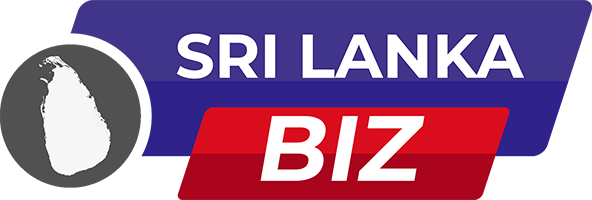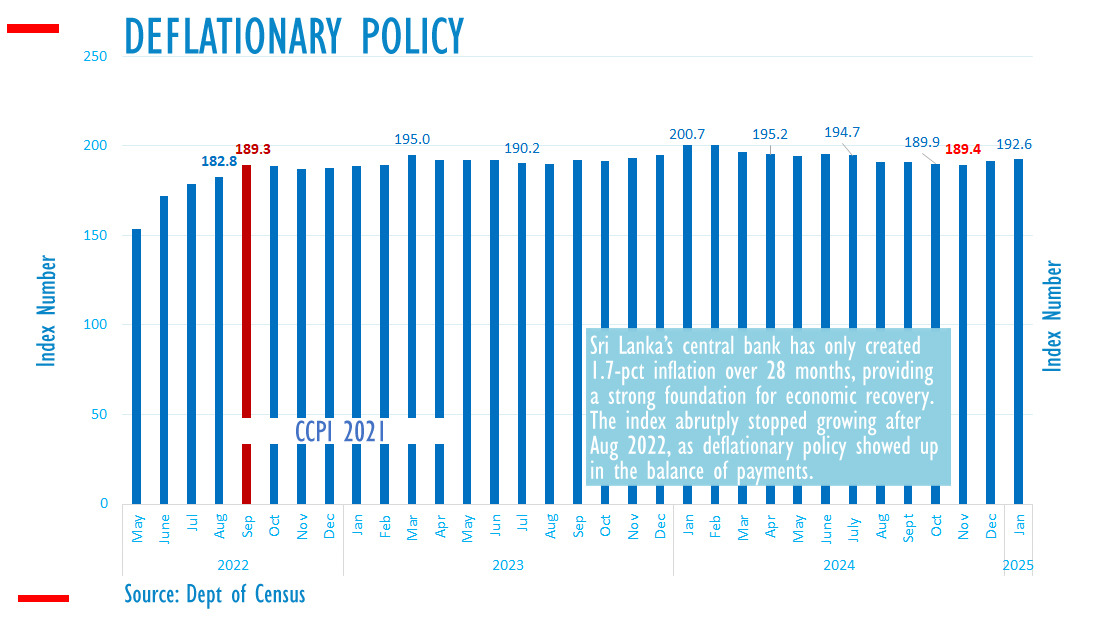Sri Lanka’s consumer goods market is witnessing increased competition, driven by new entrants and a more stable currency, as the central bank helps reduce costs through currency appreciation and lower commodity prices.
According to Hemas Group, a key player in fast-moving consumer goods, stationery, and healthcare, the strengthening of the Sri Lankan Rupee and the decline in commodity prices have intensified industry competition. Many brands are now offering various consumer, shopper, and trade promotions to attract customers.
“With the easing of import restrictions and currency stabilization, the stationery market has seen heightened competition, with new entrants offering lower-priced products of varying quality,” Hemas stated in its interim financial report.
In the home and personal care segment, Hemas has managed to maintain market shares and achieve marginal growth in multiple categories, even as downward price movements present challenges. Established brands with strong customer loyalty have not been forced to cut prices significantly but have introduced discounts as costs decline under the central bank’s deflationary policies.
Sri Lanka’s central bank has set a 5% inflation target, though critics argue that this policy could destabilize the external sector. However, up to December, inflation remained below the target, providing monetary stability and allowing consumers more financial breathing room.


